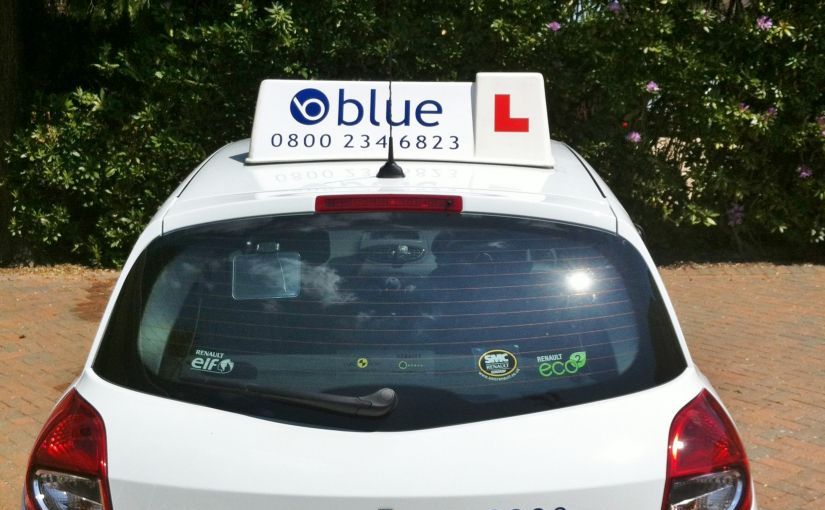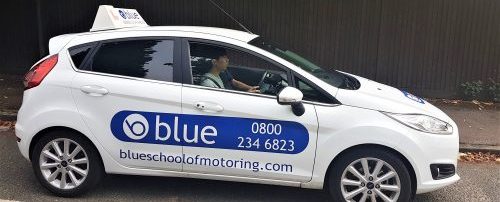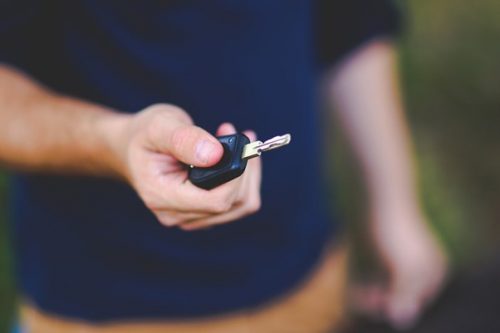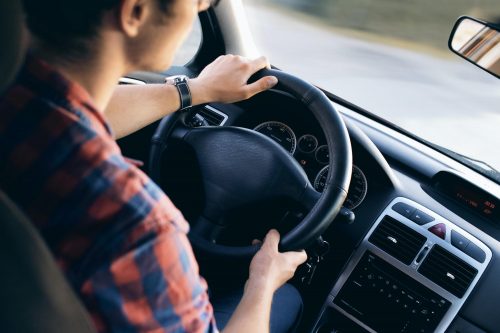
Driving Test Tips Emergency Stop
Posted in: Driving Test Tips.
Driving Test Tips
Emergency Stops
Throughout your driving test your aim will be to slow down in good time and pull up gently, always braking gradually and not aggressively, always giving road users behind time to react to your brake lights, but also time to check your appropriate mirrors prior to reducing your speed. Except in the emergency stop exercise, which will show your competence in taking immediate and effective action, by braking promptly and keeping control of the vehicle even after you have come to a complete stop.

The emergency stop will be conducted at random during one-in-three car tests to enable extra time to be spent in normal driving.
The DVSA driving examiner on the driving test will expect you to:-
• Stop the car promptly
• Keep the car under control without locking the wheels
• Stop the car in the shortest possible distance
• Stop the car without endangering other road users
• And then to move the car away safely, once you have checked around before doing so.
The Examiner will ask you to stop at various places during the driving test. Whenever you stop, you should do so in a safe place. The Examiner will not trap you by asking you to stop in an illegal place, but you have to select a safe position for normal stops.
It’s during one of these ‘stops’ that the Examiner will say to you that, very shortly he will ask you to stop the vehicle as in an emergency. The signal he will give you as he says ‘Stop’ will be shown to you. Years ago it used to be a tap on the dashboard or the windscreen, usually with the test board. However Examiners now appear to favour holding up their right hand onto the windscreen and saying ‘Stop’.
This is the one occasion in the test when you don’t follow the mirrors-signal-manoeuvre routine. Before giving you the signal to ‘Stop’ the Examiner himself would have checked the road behind with a look over his right shoulder. He won’t ask you to stop if there could be a danger to you from following traffic.
When you get the signal, release the accelerator pedal and slide your right foot across to the brake pedal, easy. Apply firm pressure, trying to judge pedal movement so that the brakes are on the point of locking. Hold the pedal still then, as the car slows to a standstill, gradually release the pressure. During braking, keep two hands on the steering wheel and hold the car in a straight line and be alert for the first signs of the wheels locking up. If a skid has actually started, ease the pedal but don’t release it completely, and then re-apply the pressure.

Your instinct will tell you that as you brake you should apply the clutch. However try to avoid depressing the clutch until just before you stop. This will give the car extra braking from the engine.
With the car safely at a standstill, and the clutch and brake pedals still depressed, apply the handbrake or as some people call it the parking brake and move the gear lever into neutral, although this may depend on the situation around you, and going to first gear and preparing the car to move away may be a safer option.
Move on again when told to do so by the Examiner, not forgetting the Mirrors-signal- manoeuvre routine. Sometimes you may stop in the middle of the road. So don’t forget to look over your left and right shoulders as well. Someone could be in the process of overtaking you, if there are vehicles behind and they are stopped, a signal right may help them to understand your intentions, but be on the lookout for other vehicles overtaking them.
In the driving test you will only be asked to carry out this exercise once by the examiner, so after you have moved away they should remind you that you will not be asked to do it again.
Tags: blind spot, driving examinerr, driving test tips, emergency stop, use of mirrors







